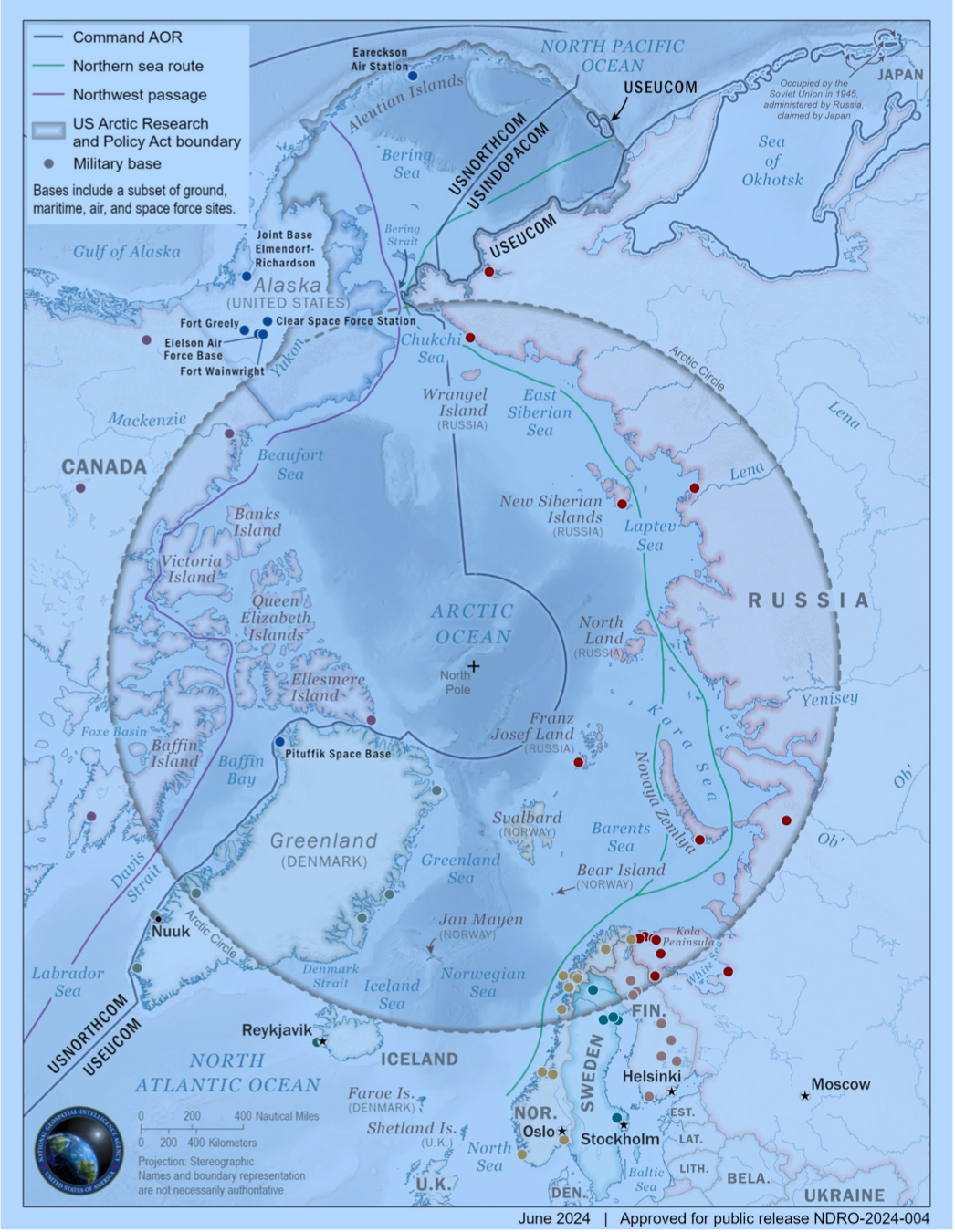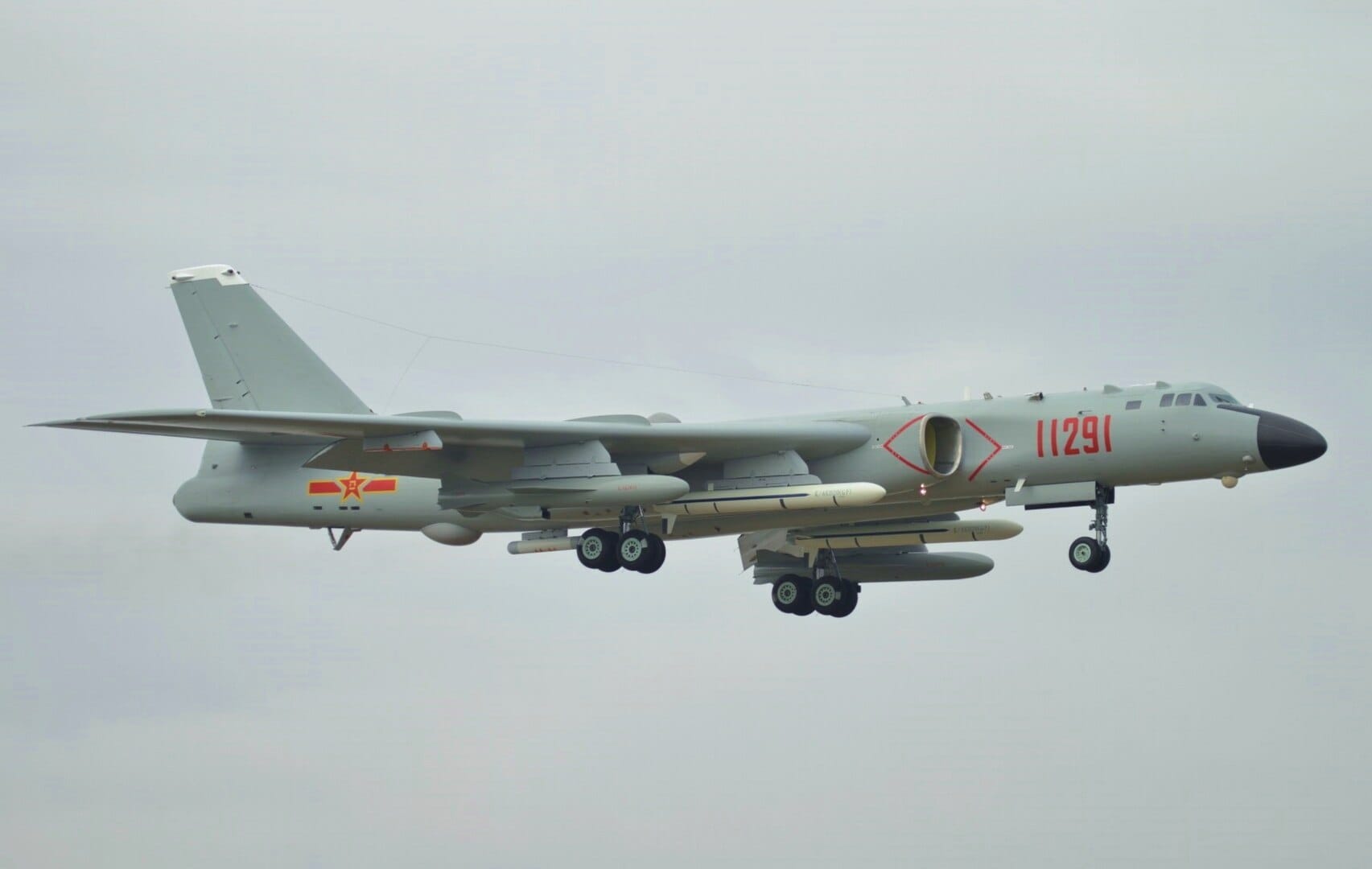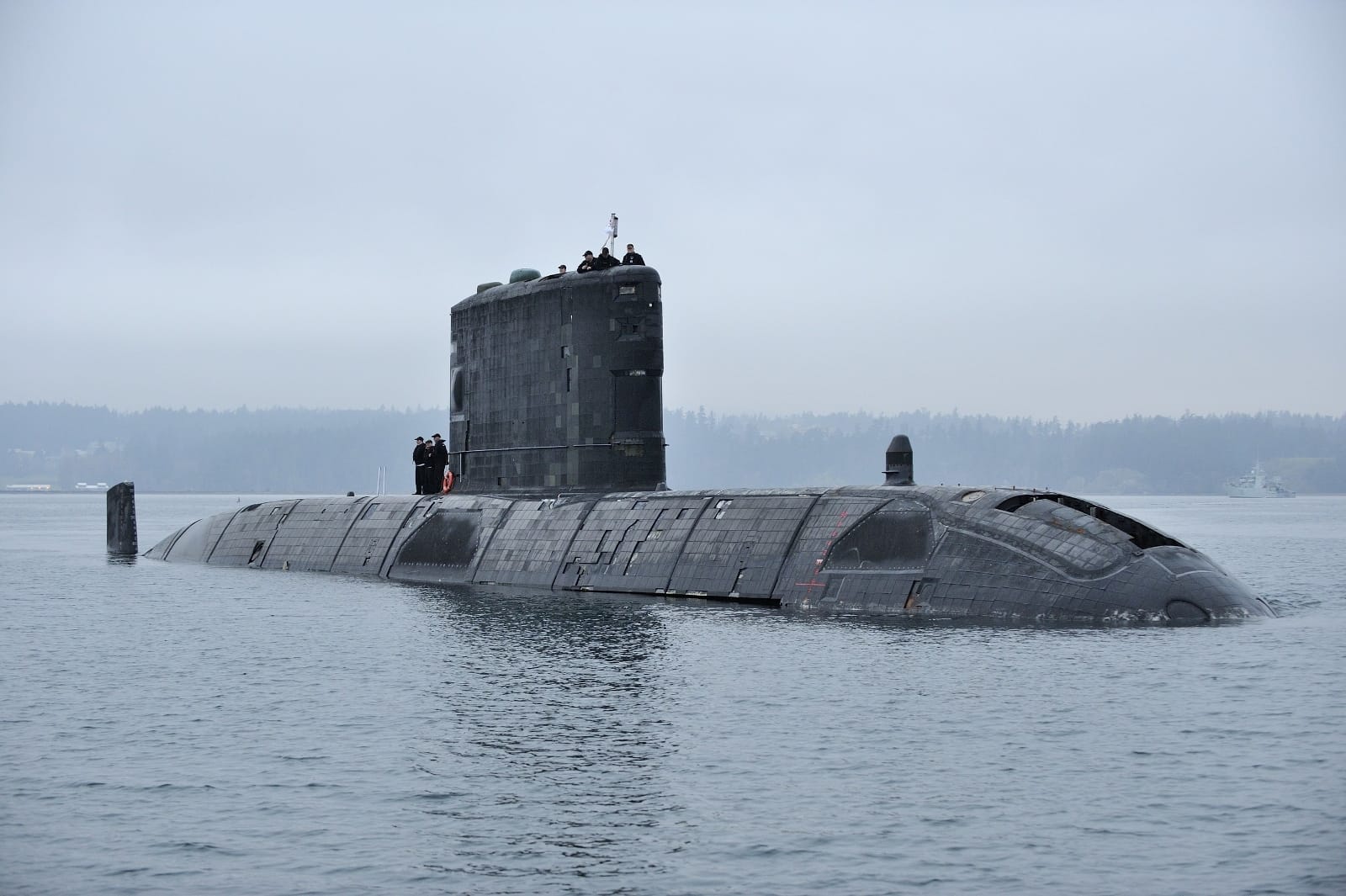The Arctic Debrief: US Department of Defence releases Arctic Strategy
In this edition of The Arctic Debrief: The US DoD has released its 2024 Arctic Strategy; China and Russia coordinate retaliatory action after US violates Russian airspace; and Canada announces competition to procure 12 modern submarines as it struggles to keep its Arctic Patrol Boat afloat.

In this edition:
- US DoD's newly released Arctic Strategy to invest in Arctic capabilities
- China and Russia coordinate retaliatory action after US violates Russian airspace
- Canada announces competition to procure 12 modern submarines, as it struggles to keep its new Arctic Patrol Boat afloat
Latest Developments
US DoD's newly released Arctic Strategy to invest in Arctic capabilities

The US Department of Defence has published the 2024 Arctic Strategy highlighting its aim of increased military readiness and cooperation with allies to secure the region. The document notes the Arctic's increased military and economic importance on the global stage.
As per the strategy, the US military will conduct more training exercises in the region and cooperate with allies on Arctic security. The goal of the strategy is to prepare a "Joint Force" to respond to threats anywhere in the Arctic.
Lastly, the US will invest in its ability to lead a campaign in the Arctic, with a focus on "domain awareness, communications, intelligence, surveillance, and reconnaissance capabilities," according to the document. The strategy will implement a "monitor-and-respond" approach to the region.
The strategy also points to Russia's and China's growing involvement in the Arctic region. The document notes that Russia has designed the Arctic as the #2 priority region and has significant economic interests in the region's resources and the potential of the Northern Sea Route. Also noted is China's and Russia's cooperation in the region, including joint exercises and patrols.
China and Russia coordinate retaliatory action after US violates Russian airspace

On July 21, Russian fighter jets were scrambled to intercept two US Air Force B-52H strategic bombers which flew into Russian airspace over the Barents Sea, reads a statement from Russia's Defence Ministry.
Mig-29 and Mig-30 fighters were sent to escort the American planes out of the area, but they quickly reversed course away from Russia, according to the statement.
Later that week, on July 25, Russian and Chinese military planes were spotted conducting a coordinated patrol off the coast of Alaska. American and Canadian fighter jets were scrambled in response to the presence of the Russian Tu-95MS and Chinese Xi'an H-6 strategic bombers.
Russia's defence ministry published a statement about the patrol mission, stating that it was a new patrol area for the two countries, which were conducted "joint operations."
While these events are often seen as "sabre-rattling," incursions into a country's airspace can be used to determine radar capabilities, intercept response time, and other similar metrics.
Canada announces competition to procure 12 modern submarines, as it struggles to keep its new Arctic Patrol Boat afloat

The Canadian federal government announced plans to procure 12 new modern submarines for the Canadian Royal Navy. The new vessels will replace the current ageing fleet consisting of four Victoria-Class diesel-electric submarines originally built for the British Royal Navy in the 1980s.
No details have been released about the plan but multiple companies, including South Korean Hanwha Ocean, German ThyssenKrupp Marine Systems, and other submarine manufacturers, are engaging with the Canadian government in discussions to secure a submarine procurement contract.
The currently deployed Victoria-class vessels are more often docked than at sea due to constant issues. The government plans to have the new submarines by 2050, however no specific timeline or money amount has been announced. Prime Minister Justin Trudeau previously stated that nuclear submarines have not been ruled out and may be considered.
Just a few days after this announcement, news broke that the Canadian Royal Navy Arctic and Offshore Patrol Ship Max Bernay is docked at Pearl Harbour due to flooding. The vessel is currently being examined to determine the source of the problem and how long it will take to repair the ship.
The ship entered service in 2022 and is meant to be a modern solution to monitoring Canada's coastal waters, including those in the Arctic.

